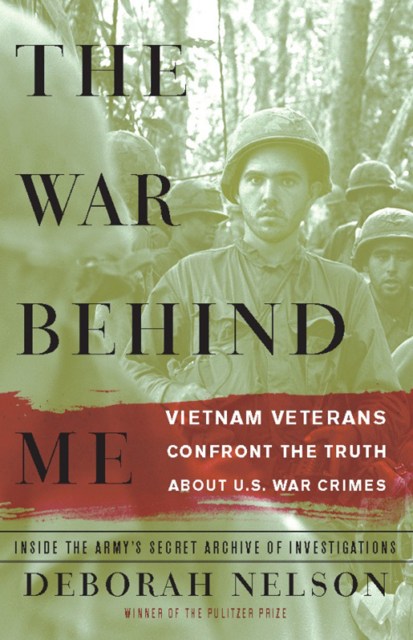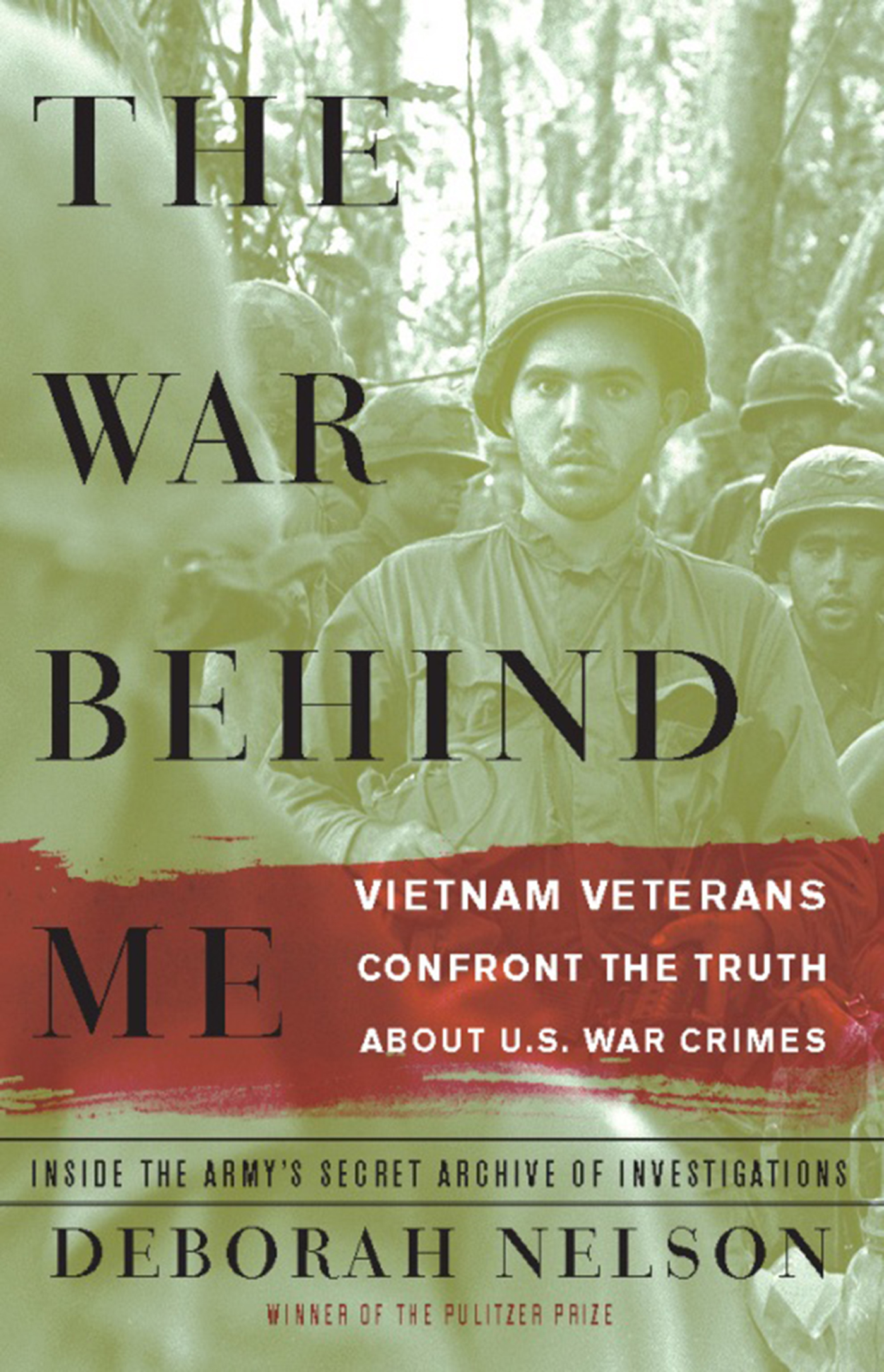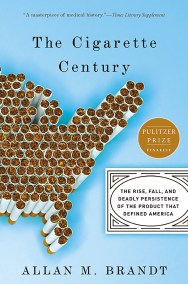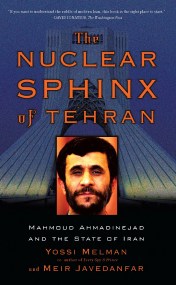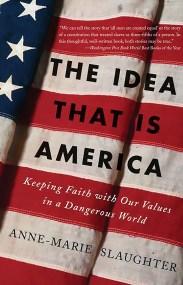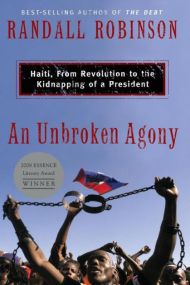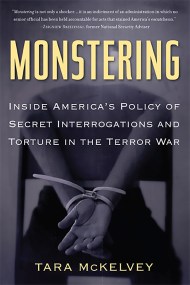Promotion
Use code MOM24 for 20% off site wide + free shipping over $45
The War Behind Me
Vietnam Veterans Confront the Truth about U.S. War Crimes
Contributors
Formats and Prices
Price
$15.99Price
$20.99 CADFormat
Format:
ebook $15.99 $20.99 CADThis item is a preorder. Your payment method will be charged immediately, and the product is expected to ship on or around October 28, 2008. This date is subject to change due to shipping delays beyond our control.
Also available from:
The files contain reports of more than 300 confirmed atrocities, and 500 other cases the Army either couldn’t’t prove or didn’t’t investigate. The archive has letters of complaint to generals and congressmen, as well as reports of Army interviews with hundreds of men who served. Far from being limited to a few bad actors or rogue units, atrocities occurred in every Army division that saw combat in Vietnam. Torture of detainees was routine; so was the random killing of farmers in fields and women and children in villages. Punishment for these acts was either nonexistent or absurdly light. In most cases, no one was prosecuted at all.
In The War Behind Me Deborah Nelson goes beyond the documents and talks with many of those who were involved, both accusers and accused, to uncover their stories and learn how they deal with one of the most awful secrets of the Vietnam War.
Genre:
- On Sale
- Oct 28, 2008
- Page Count
- 304 pages
- Publisher
- Basic Books
- ISBN-13
- 9780786726783
Newsletter Signup
By clicking ‘Sign Up,’ I acknowledge that I have read and agree to Hachette Book Group’s Privacy Policy and Terms of Use
